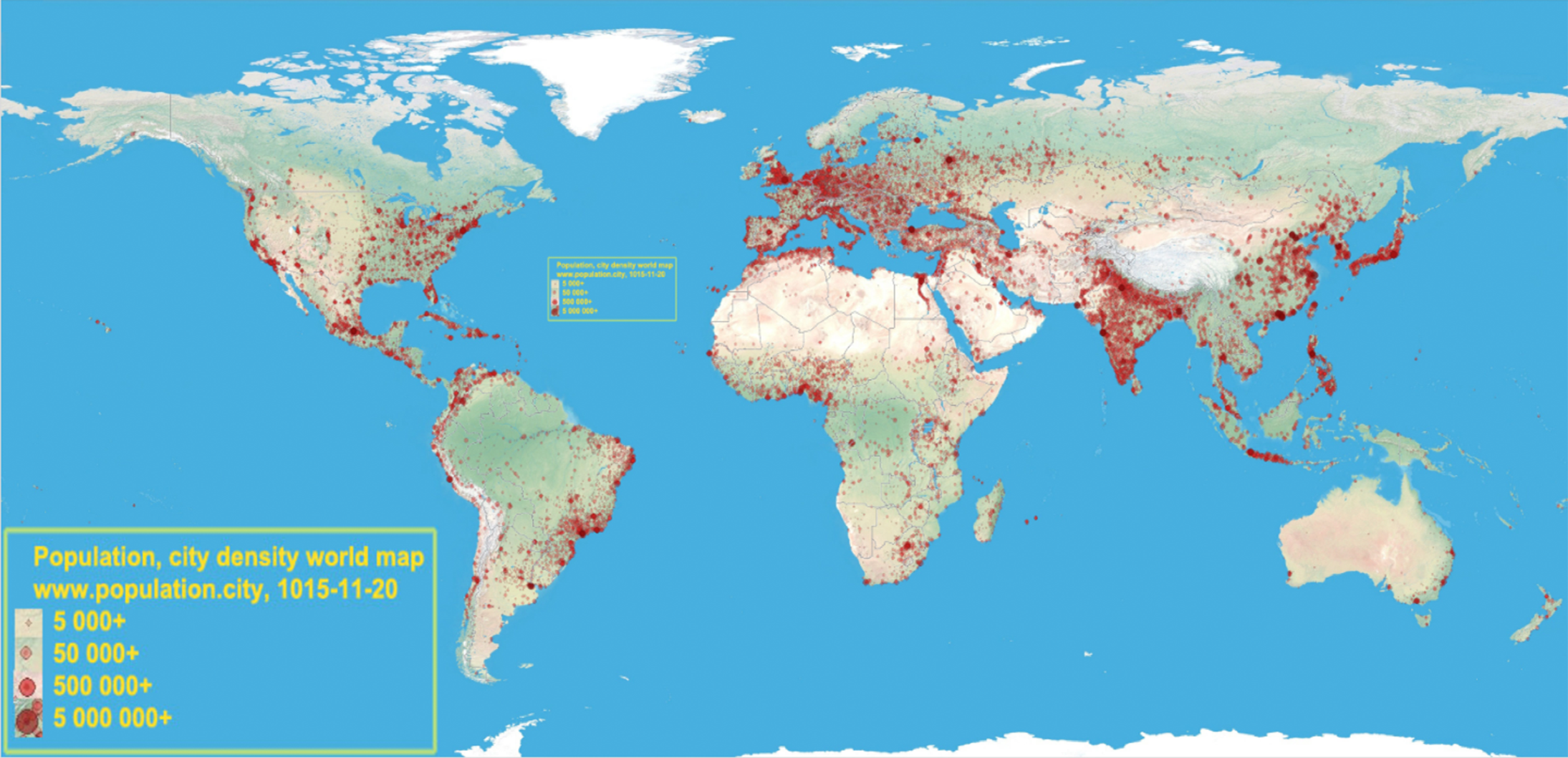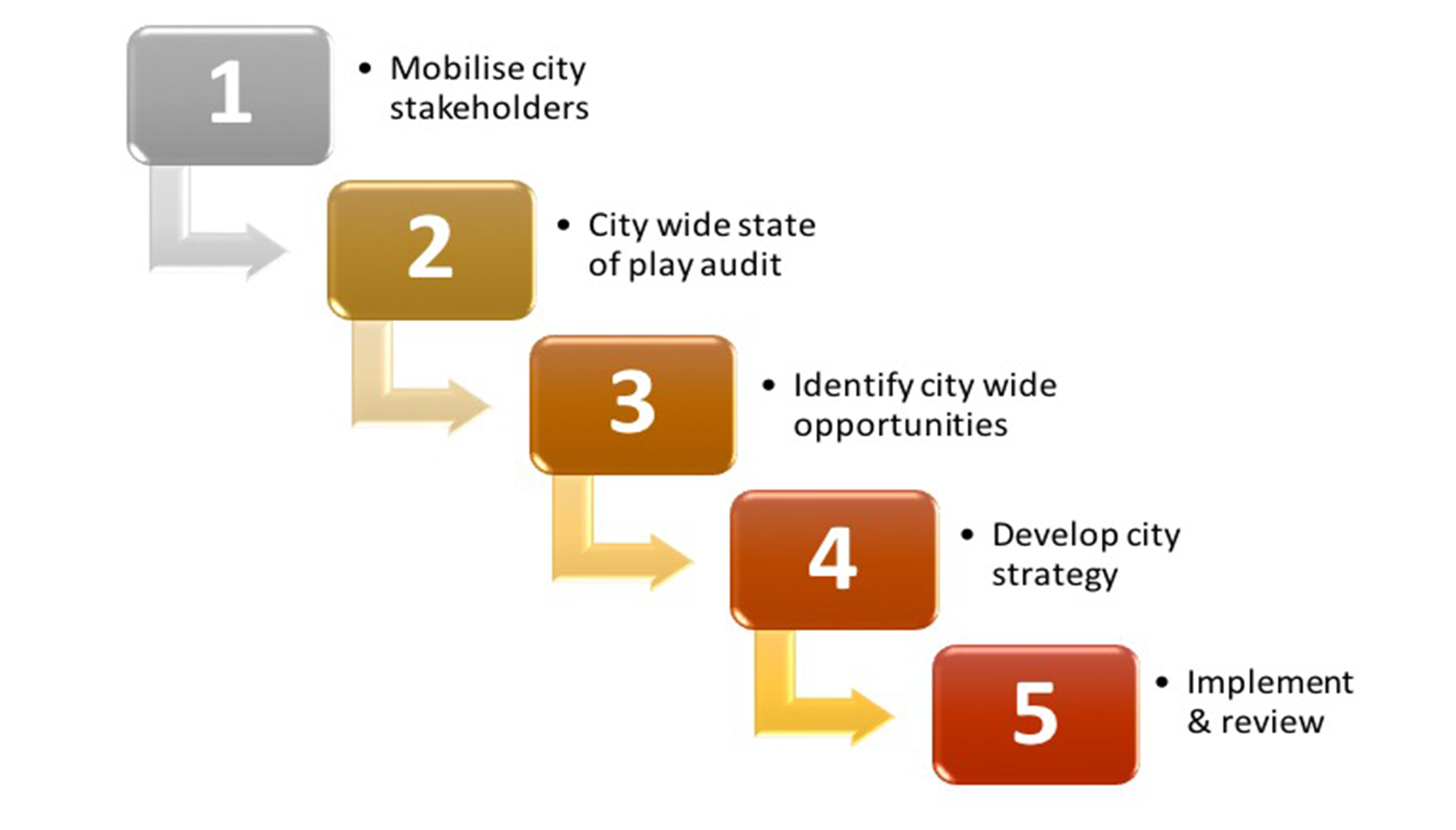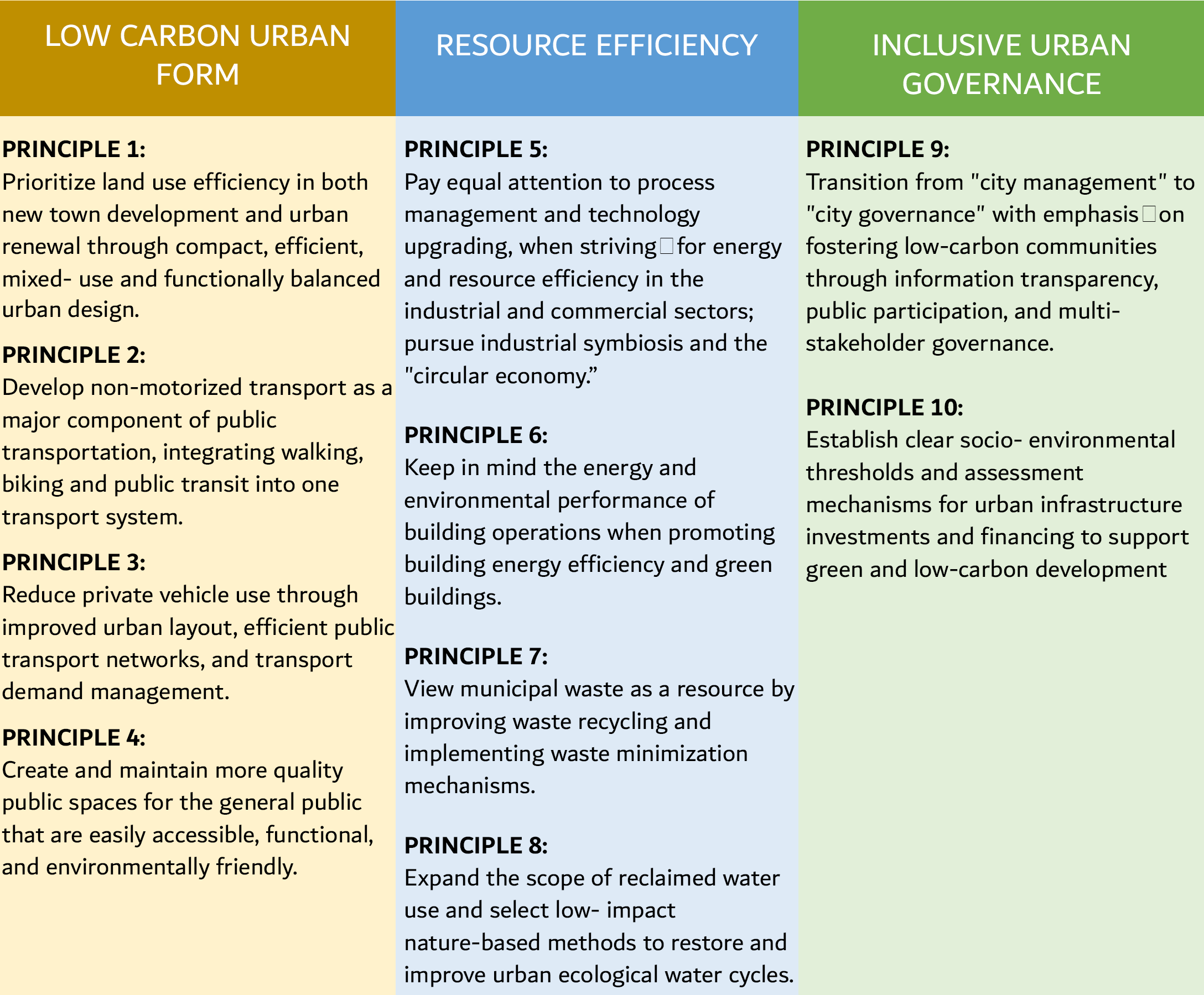Eng. Maritza VARGAS
Terra Development Organisation ltd
Terra-dev.org
Email: maritza_noya@hotmail.com

We all know that today more than half of the world population live agglomerated in cities, and the trend continues in the same direction, with predictions expecting to have more than two-third of the humankind- that is 7.35 billions people- living in urban centers by 2050. If you look at the map below, you will see that there is a huge proportion of land inhabited in the planet, but we “Human beings” are social creatures that enjoy and need to live in groups, in a society, even though that means living in populated, congested, polluted and unsafe areas. n populated, congested, polluted and unsafe areas.

Cities are responsible for most of the world’s CO2 production… But they also present important opportunities to lower per capita carbon output…
Prof. Jackelin McGlade European Environment Agency (EEA)
People prefer to pay enormous amount of money per square meter to be in the center of the big metropolis. There are many reasons for that, the proximity of people in Cities offer economic development, business opportunities, access to private and public services: education, health, culture, entertainment, even, emergency relief. And it is the same people proximity that offers the opportunity to be more energy efficient. Many big cities consume less energy per capita than rural settlements, since they require less traveling and share housing needs.UN Habitat reported that cities consume almost 80% of the global energy use, so there is an urgent need to decarbonize and transform our current cities into Low Carbon Cities, but how?
How to create low carbon cities?
1.UN Habitat
Prof. Lehmann, from UN Habitat, advises three fundamental propositions for the transformation into Low Carbon Cities:
1. The compact mixed-use walkable city model: Do not reinvent the city; learn from traditional European city type combined with Green Urbanism principles.
2. Public space and density: the public space and its connectivity is essential; increase compactness, more green space and new mobility programming of public space.
3. The new urban agenda: Requiring better urbanization models and integrated approaches with clear growth boundaries, protecting greenfields, forest, agricultural land and limiting urban sprawl.
2. UK Carbon Trust: “Low Carbon City Model”
In the UK there is another view, the Carbon Trust has successfully implemented a “Low Carbon City Model” in a five steps process:

Carbon Trust experience shows that the key for success of carbon reduction across cities is:
• Local government commitment and leadership by example
• True partnerships with private sector, businesses, suppliers and other bodies, sharing goals and targets
• Clear responsibilities for all with City’s senior and finance director “buy in”
• Clear financing and project implementation measures
3. China: “The 10 Key Principles of Low Carbon Urbanization”
Rapid urbanization of China brought economic development and social change, raising living standards of rural and urban population. At the same time, there was a negative effect on China’s natural environment, with intensive resource consumption, pollution and biodiversity displacement. Going forward, the Chinese government adopted a greener and low-carbon approach focused on efficient use of land, energy and other resources; pursuing “ecological civilization” and preserving cultural heritage and local characteristics.
Ten Key Principles of Low Carbon Urbanization, co-authored by 6 member of China Urban Sustainability Coalition released and recommended by 13 local and international Non Profit Organizations including the World Resource Institute (WRI), World Wild Fund for Nature (WWF), International City Management Association (ICMA), CDP and UNDP China, with collaboration of C40, UN Habitat, ISSD, The Carbon Trust and other organizations.
These principles fall into three categories:
• Low-Carbon Urban Form
• Resource Efficiency
• Inclusive Urban Governance

What are the Challenges to overcome?
The most common Challenges implementing Low Carbon Cities strategies are:
1. Municipal governments cannot be alone. To advance in Low Carbon urban developments it is necessary to have National support, since key aspects such national energy efficiency standards,vehicle standards, fuel subsidies or tax policies are defined by higher level policies.
2. Small and medium size cities have the fewest resources and capacity; they need National policies for addressing GHG reduction local action.
3. Seek the optimal mix of policy tools considering potential impact on national budget, local government resources and capacities and social effects, as well as the effect that one policy may have on another.
4. Low carbon objectives require effective coordination at all levels of government
5. Keep track, implement policies that goes in line with existing priorities such as policy reduction,increase employment, improving sanitation and road congestion.
6. Generally there is lack of data in some sectors and non-quality data in other sectors. It is necessary to ensure quality collection and management and reassure that ethical, privacy and security issues are addressed.
References:
1. https://www.carbontrust.com/low-carbon-cities/the-programme/
2. https://unhabitat.org/steffen-lehmann-transforming-the-city-towards-low-carbon-resilience/
3. https://www.western.edu/sites/default/files/page/docs/Creating%20Low%20Carbon%20Cities%20Springer.pdf
4. https://www.nrdc.org/sites/default/files/10-key-principles-of-low-carbon-urbanization-1126.pdf
5. https://www.env.go.jp/earth/coop/lowcarbon-asia/english/localgov3/data/city_pumphlet_en.pdf
6.https://newclimateeconomy.report/workingpapers/wp-content/uploads/sites/5/2018/02/Building-Thriving-Low-Carbon-Cities-An-Overview-Full-Paper-1.pdf